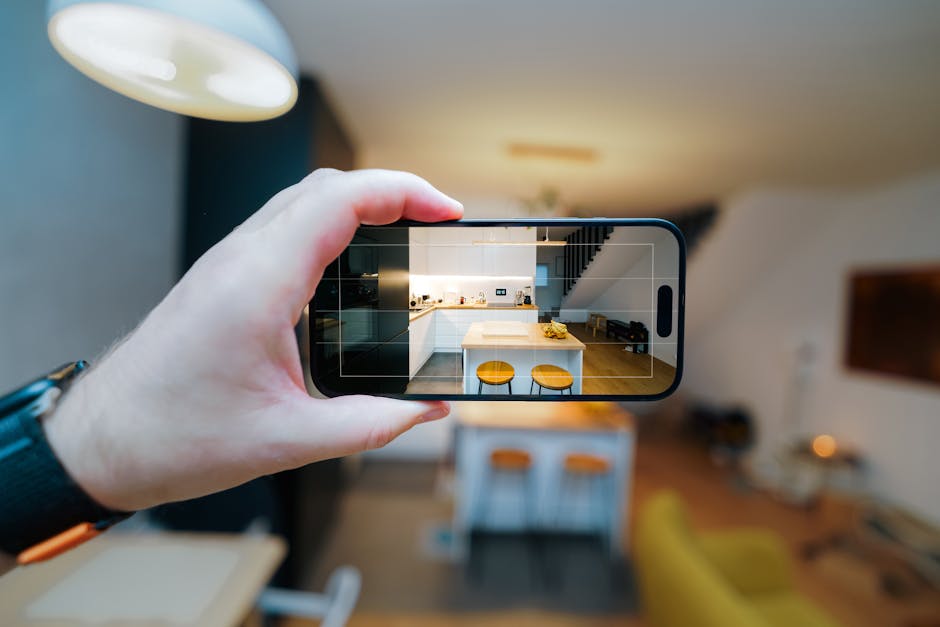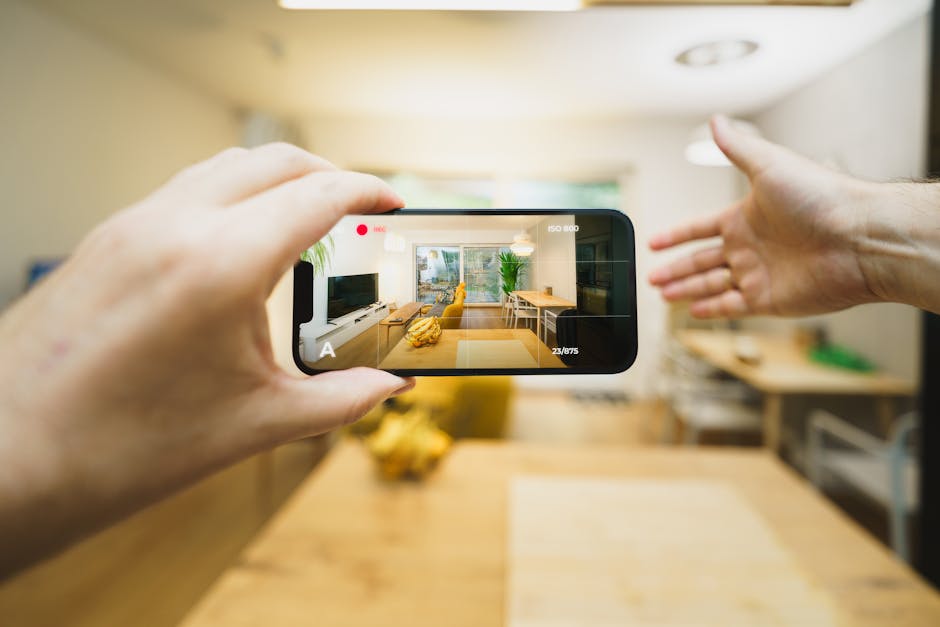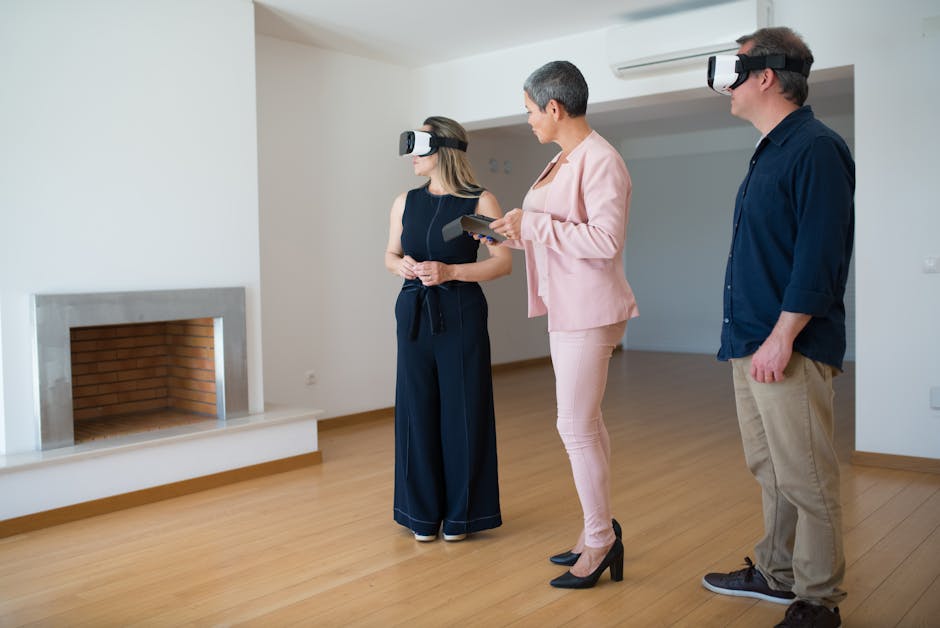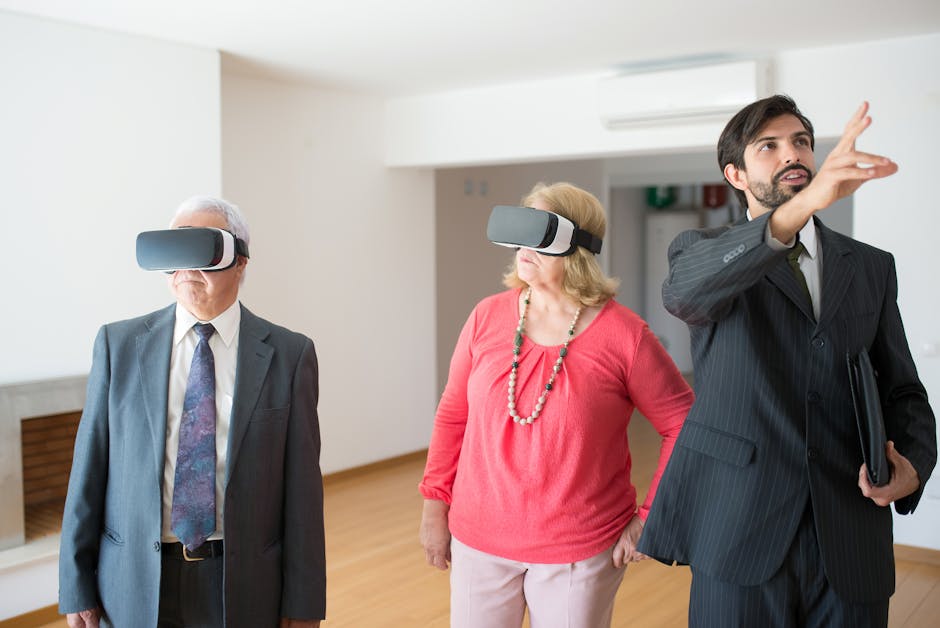Unlocking the Potential: Best Practices for Virtual Property Tours
As technology continues to revolutionize various industries, the real estate sector is no exception. Virtual property tours have emerged as a game-changer in the way properties are marketed and viewed by potential buyers. By harnessing the power of virtual reality and 3D technology, real estate agents and property developers can showcase homes in a whole new light, offering immersive experiences that were previously unimaginable. In this comprehensive guide, we will delve into the best practices for virtual property tours, exploring the benefits, challenges, and strategies for leveraging this innovative tool effectively.
The Rise of Virtual Property Tours

Virtual property tours have gained significant traction in recent years, especially in light of the global pandemic that limited in-person viewings. These digital experiences allow potential buyers to explore properties from the comfort of their own homes, saving time and resources for both buyers and sellers. With the advancements in virtual reality (VR) technology and high-quality 3D imaging, virtual property tours offer a realistic and interactive way to showcase homes, giving buyers a more comprehensive understanding of the space.
The Benefits of Virtual Property Tours

There are numerous benefits to incorporating virtual property tours into your marketing strategy. Firstly, virtual tours provide a 24/7 open house experience, allowing potential buyers to view the property at any time that suits them. This flexibility can significantly increase the reach and visibility of your listings, attracting a wider pool of interested buyers. Additionally, virtual tours offer a more immersive and engaging experience compared to traditional photos or videos, enabling viewers to navigate the space as if they were physically present.
Moreover, virtual property tours can save time for both buyers and sellers by pre-qualifying leads and reducing the need for multiple in-person viewings. This efficiency not only streamlines the buying process but also enhances the overall customer experience, leading to higher satisfaction levels. Virtual tours can also help properties stand out in a crowded market, showcasing unique features and amenities that may not be immediately apparent in photos or descriptions.
Creating an Engaging Virtual Tour

When creating a virtual property tour, it is essential to prioritize the user experience and ensure that the tour is engaging and informative. Start by selecting the right technology platform or software that aligns with your objectives and budget. There are various virtual tour providers available, offering different features such as 3D modeling, interactive floor plans, and virtual staging. Choose a platform that best suits your property and target audience.
Next, focus on capturing high-quality images and videos that showcase the property in its best light. Use professional photographers or 3D imaging specialists to ensure that the visuals are crisp, clear, and accurately represent the space. Pay attention to details such as lighting, angles, and staging to create a visually appealing tour that highlights the unique selling points of the property.
Engaging with Potential Buyers

Once the virtual tour is created, it is crucial to actively promote it to potential buyers through various channels. Utilize your website, social media platforms, and online listing sites to share the virtual tour and generate interest. Consider using targeted advertising to reach specific demographics or regions that are likely to be interested in the property.
Incorporate interactive elements into the virtual tour to engage viewers and encourage them to explore different areas of the property. Include hotspots, informative pop-ups, and links to additional resources such as property details, pricing information, and contact forms. By providing a seamless and informative experience, you can increase the likelihood of converting viewers into leads.
Addressing Challenges and Concerns
While virtual property tours offer numerous benefits, there are also challenges and concerns that need to be addressed. One of the main challenges is ensuring that the technology is accessible and user-friendly for all potential buyers. Not everyone may be familiar with virtual reality or 3D tours, so it is essential to provide clear instructions and support for navigating the tour.
Another concern is the potential for misrepresentation or inaccuracies in the virtual tour. To mitigate this risk, ensure that the tour accurately reflects the property and its features. Avoid using misleading editing techniques or filters that may distort the reality of the space. Transparency and authenticity are key to building trust with potential buyers and establishing credibility as a seller.
Future Trends and Innovations
Looking ahead, the future of virtual property tours is filled with exciting possibilities and innovations. As technology continues to evolve, we can expect to see advancements in virtual reality, 3D imaging, and interactive features that enhance the virtual tour experience. Virtual staging, augmented reality, and virtual reality headsets are just some of the trends that are shaping the future of real estate marketing.
Furthermore, the integration of artificial intelligence and data analytics into virtual tours can provide valuable insights into buyer behavior and preferences. By analyzing user interactions and feedback, sellers can optimize their virtual tours to better meet the needs and expectations of potential buyers. This data-driven approach can lead to more personalized and targeted marketing strategies, ultimately increasing the success of virtual property tours.
Conclusion
To wrap things up, virtual property tours have become an invaluable tool for real estate professionals looking to showcase properties in a dynamic and engaging way. By following best practices such as prioritizing user experience, creating high-quality visuals, and actively promoting the tour, sellers can maximize the impact of virtual tours and attract a larger audience of potential buyers. While there are challenges and concerns to navigate, the benefits of virtual property tours far outweigh the risks, offering a cost-effective and efficient way to market properties in an increasingly digital world.
As we continue to embrace technology and innovation in the real estate industry, virtual property tours are poised to become the new standard for property marketing. By staying informed of the latest trends and technologies, real estate professionals can leverage virtual tours to drive sales, enhance customer satisfaction, and stay ahead of the competition. The future of real estate marketing is virtual are you ready to unlock its potential?




